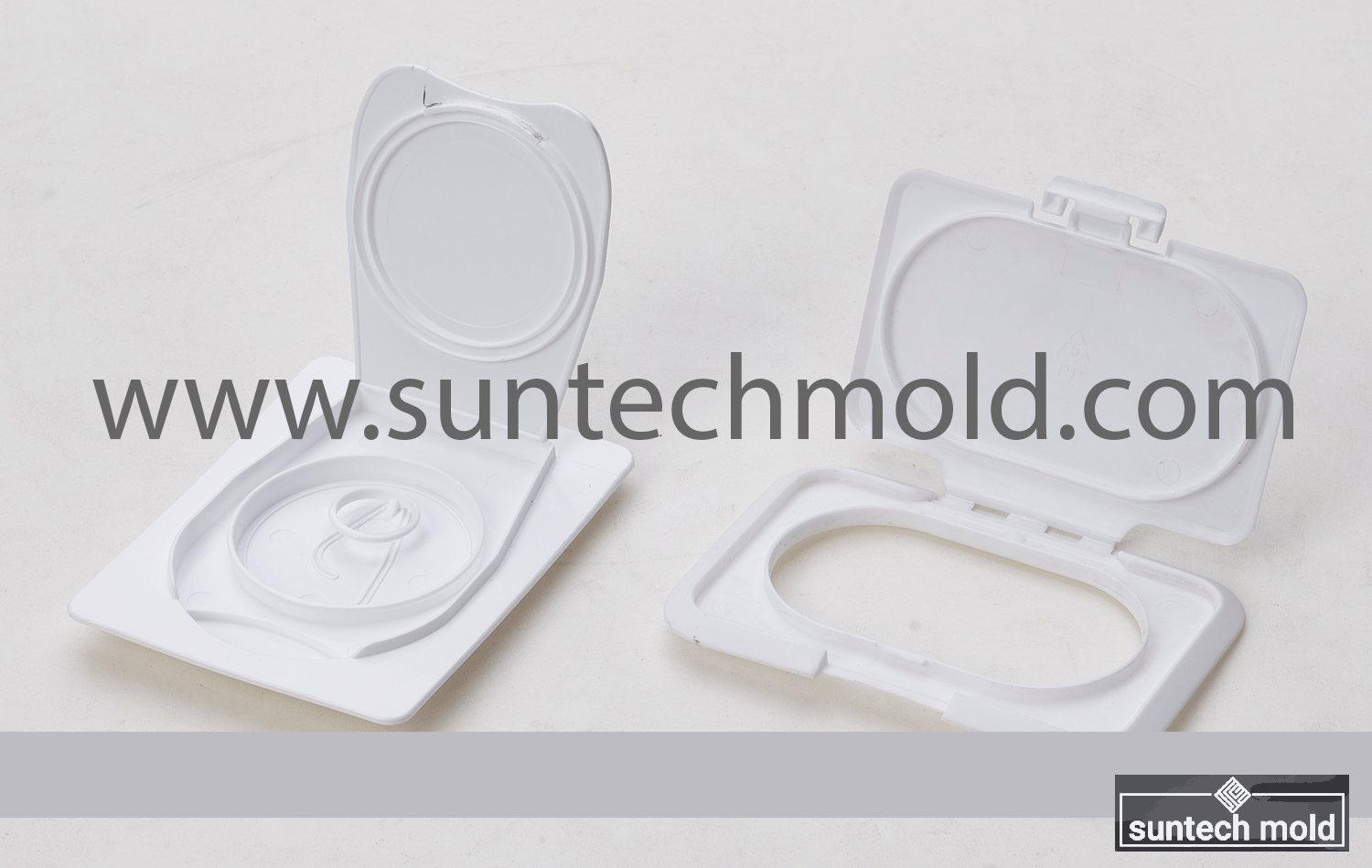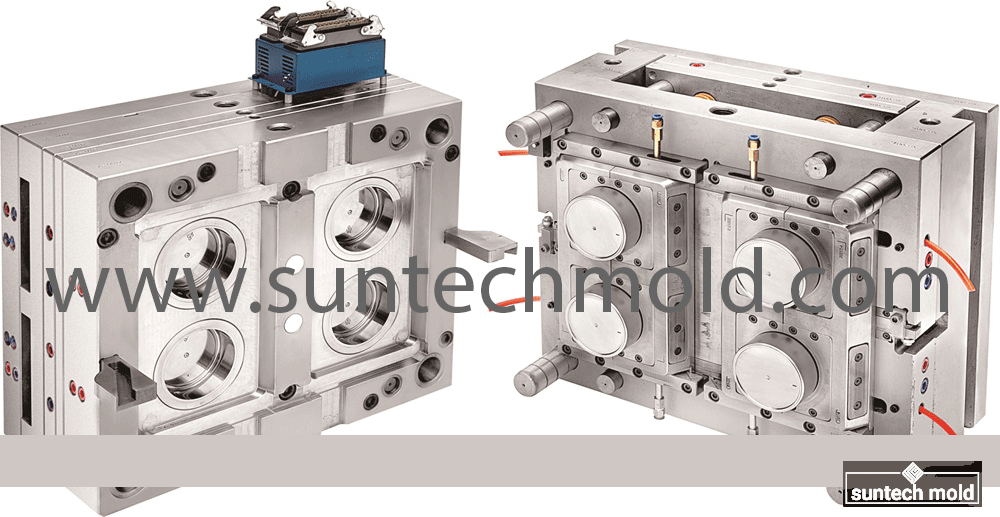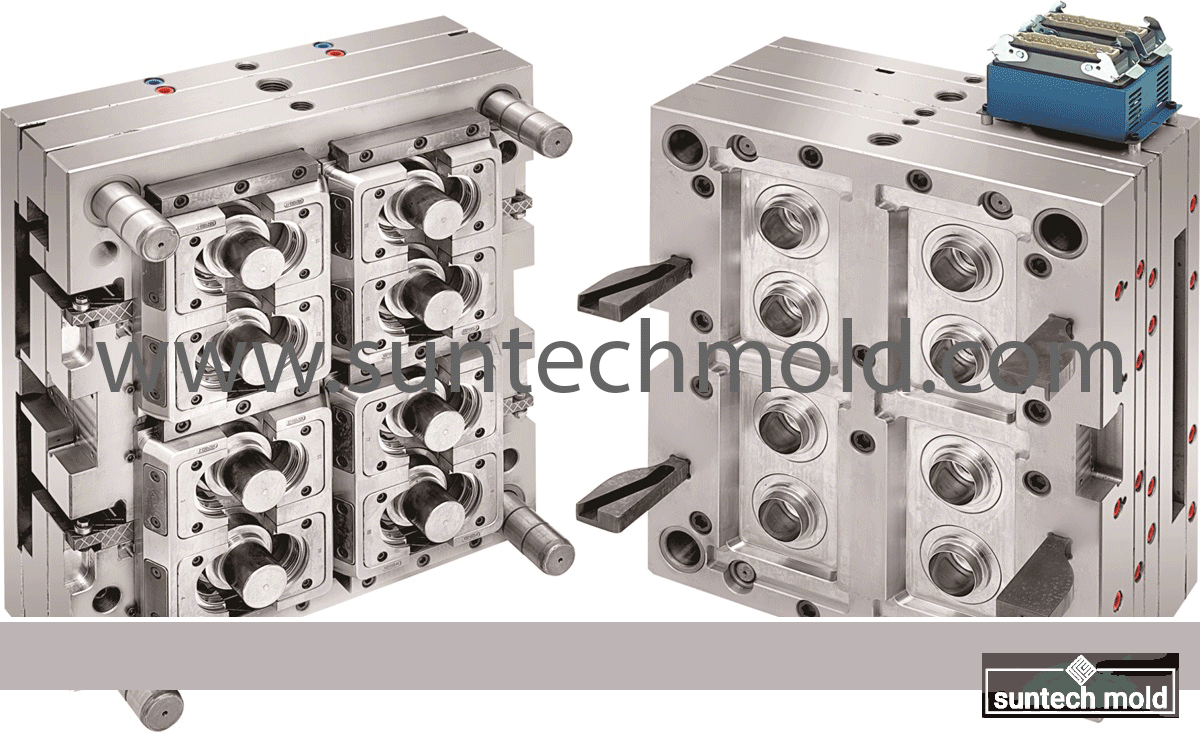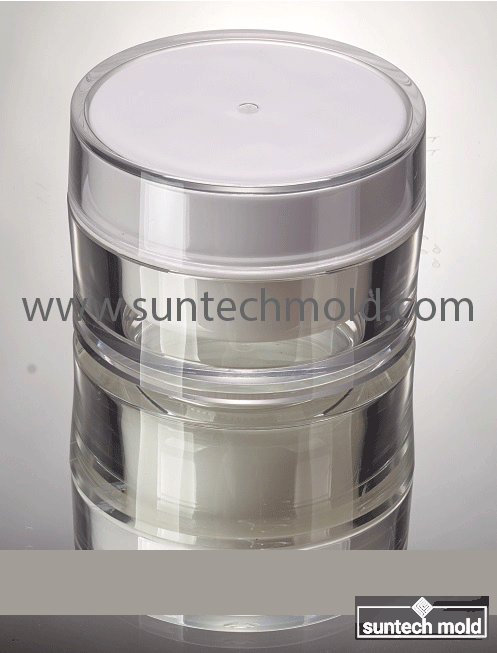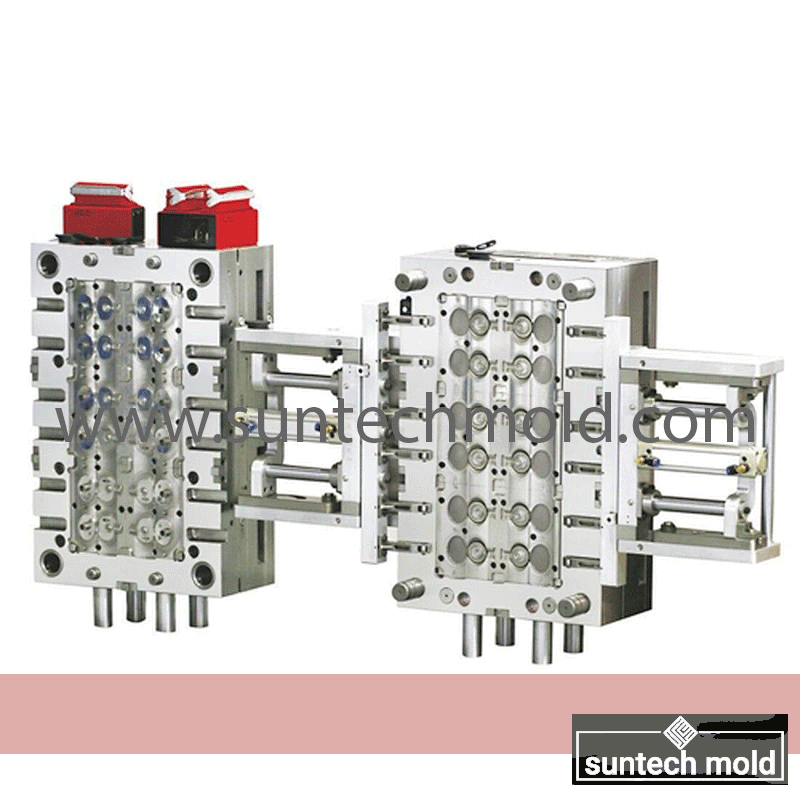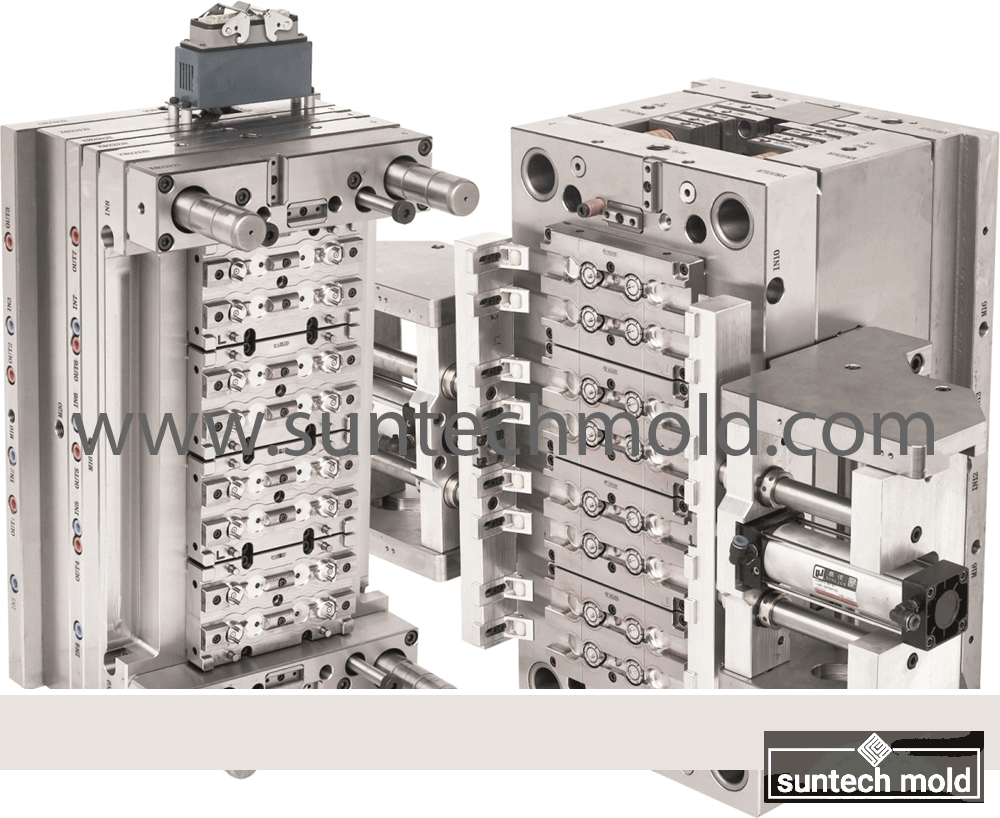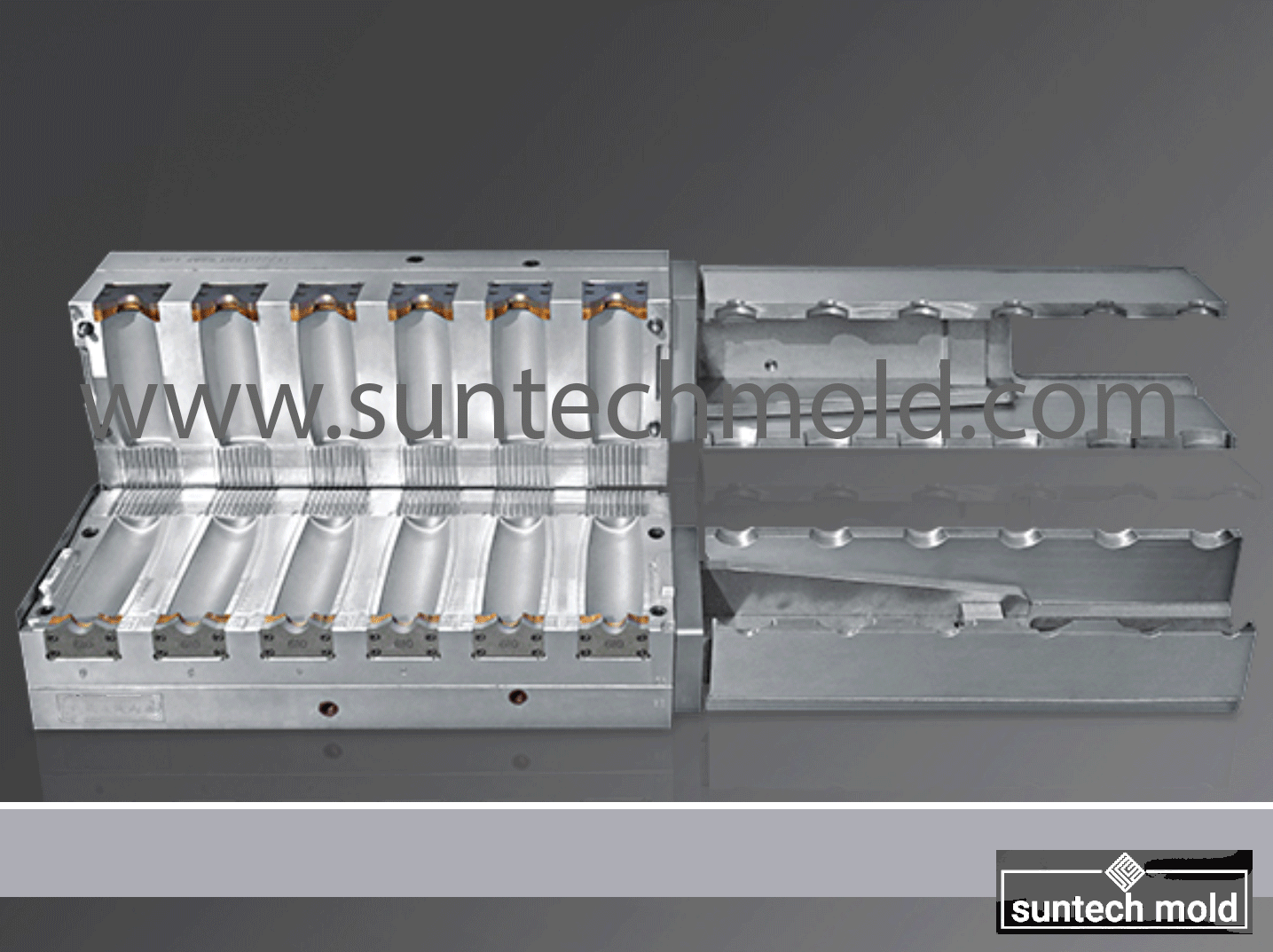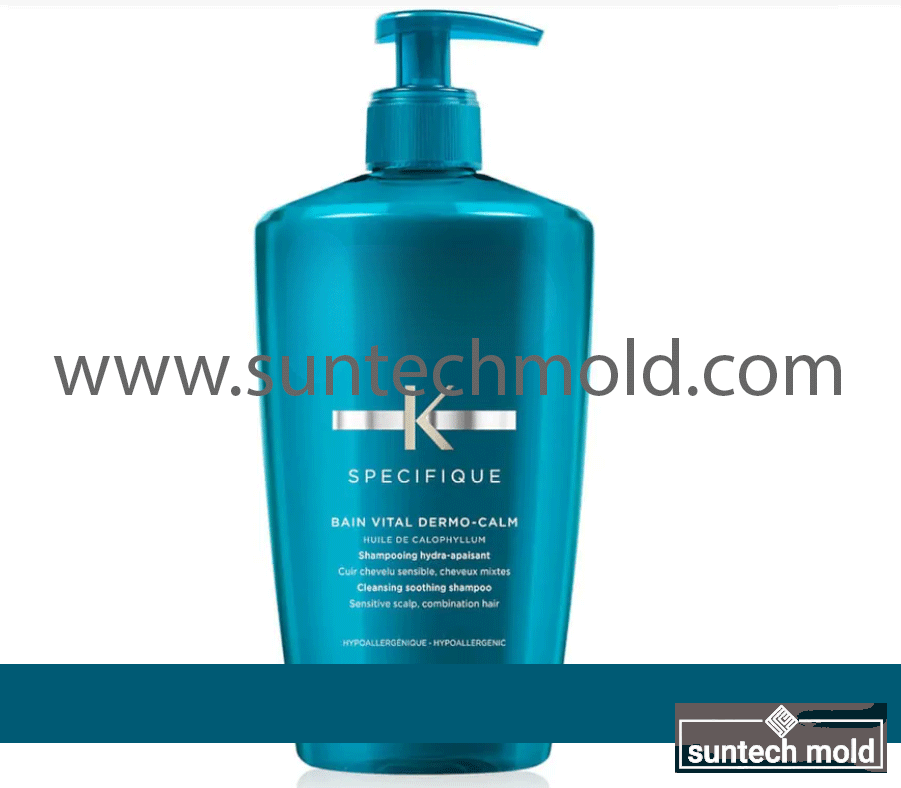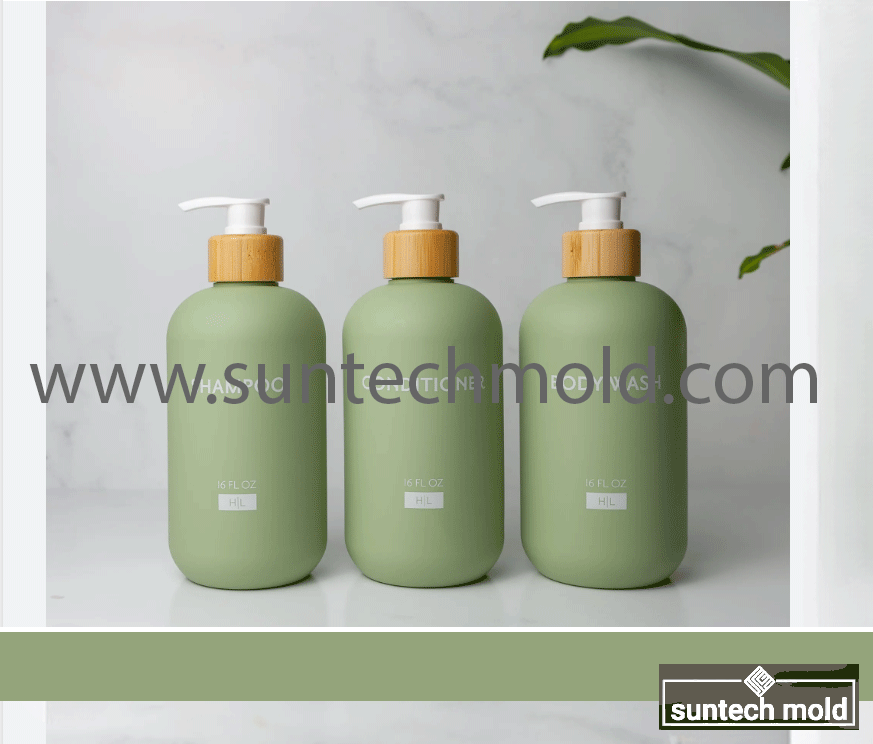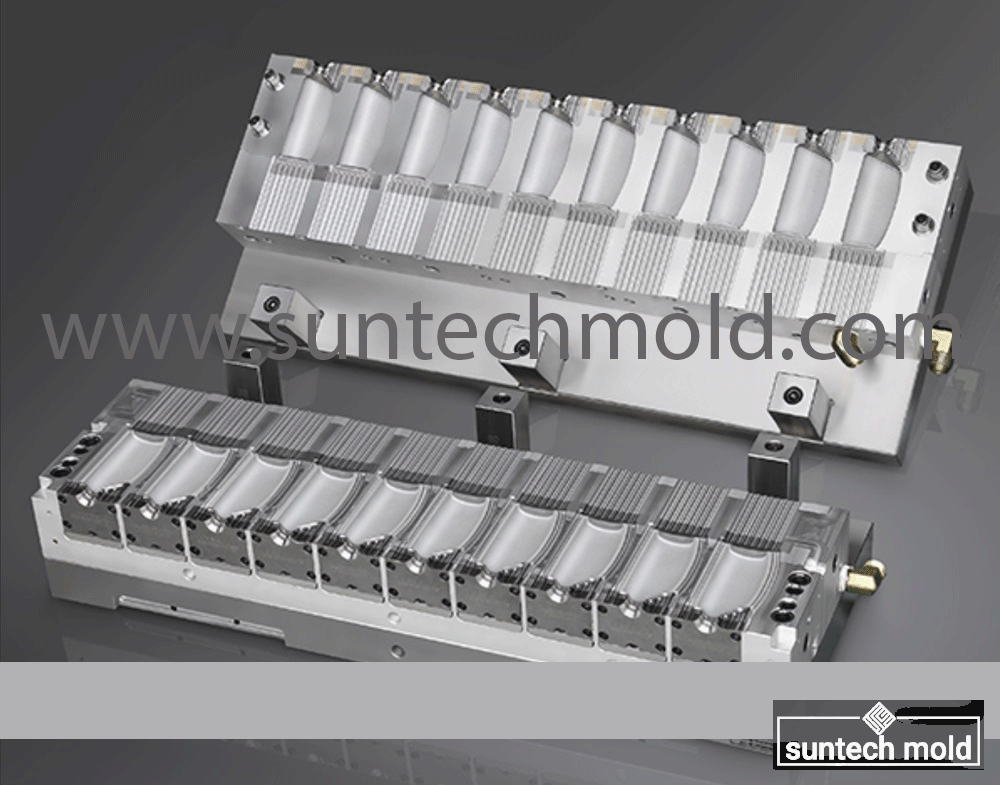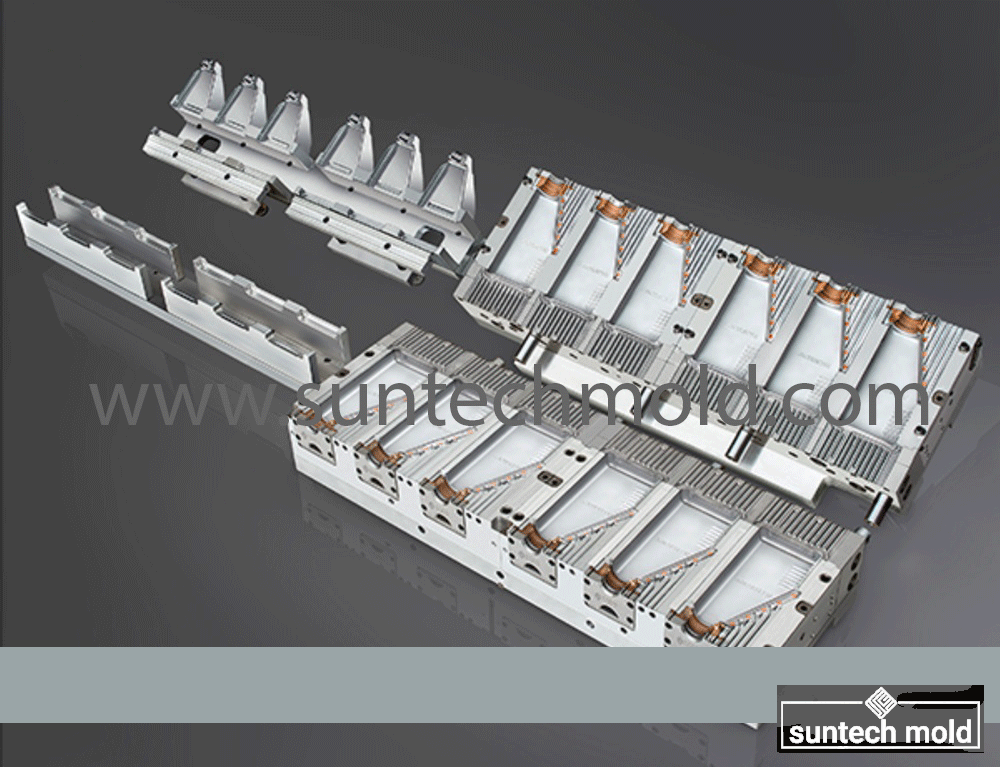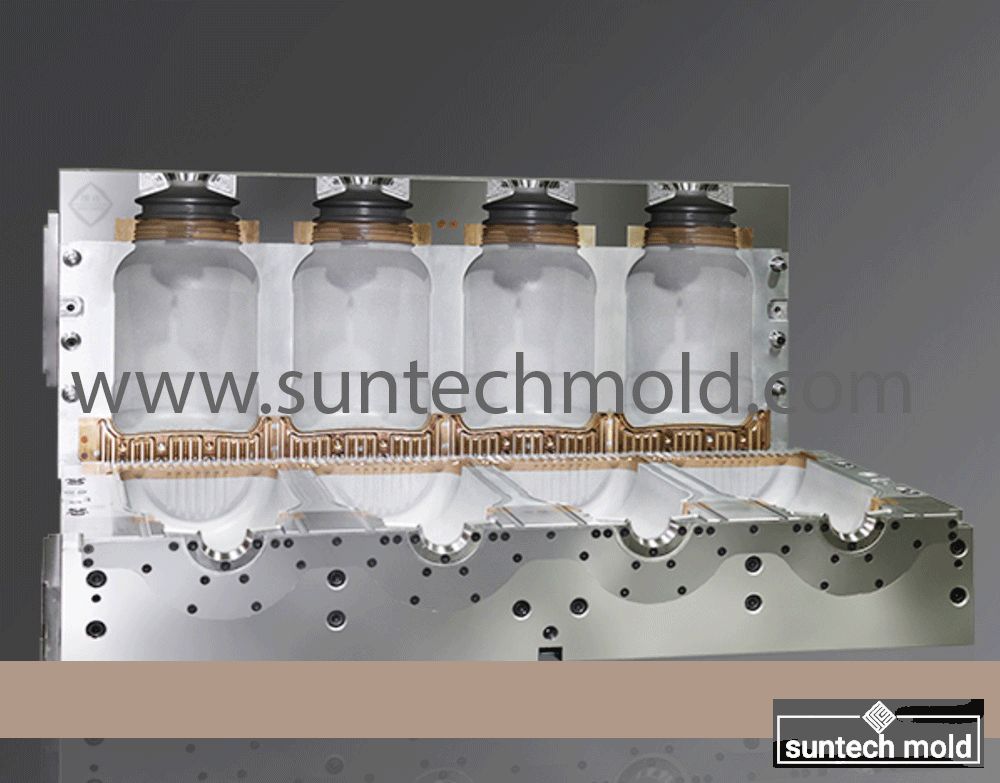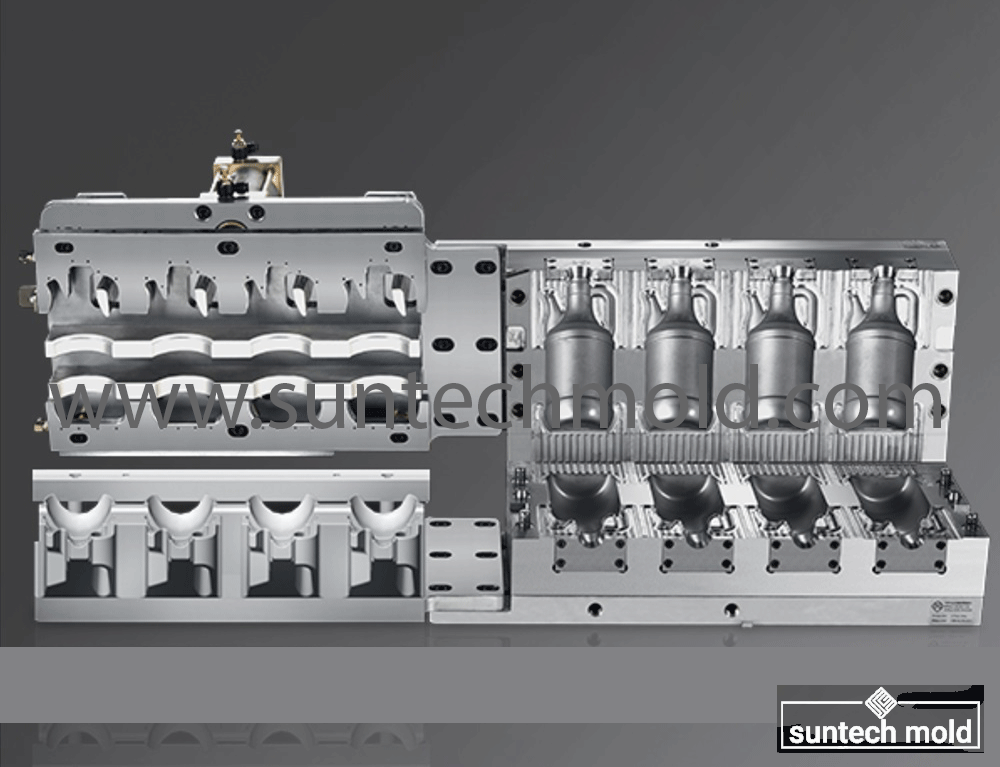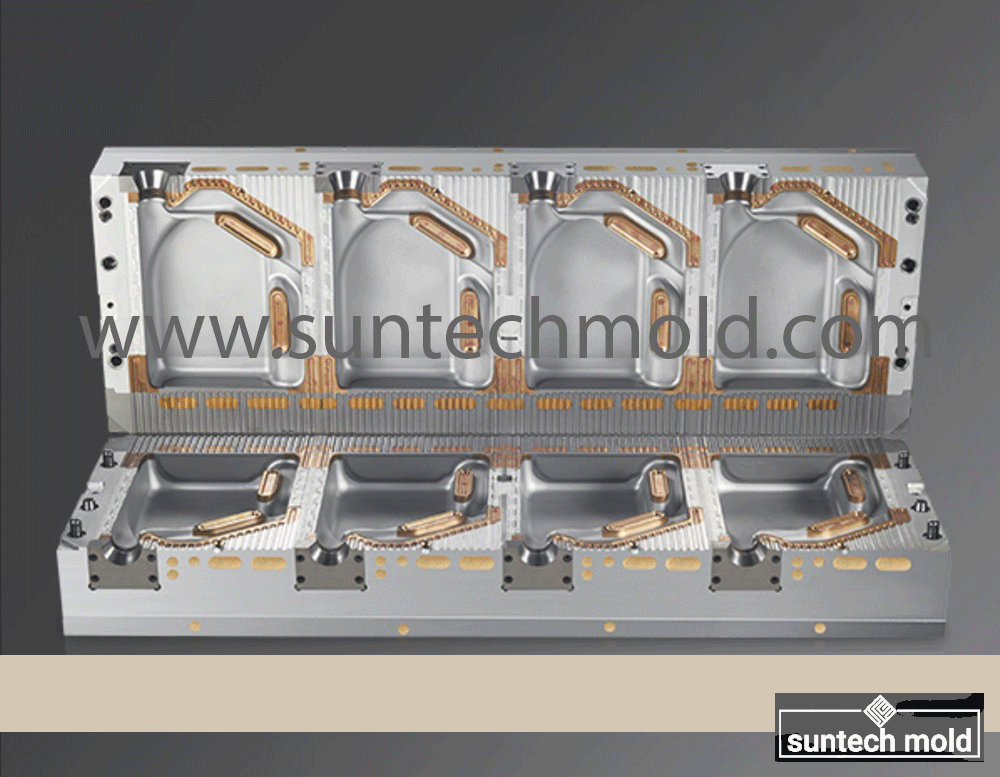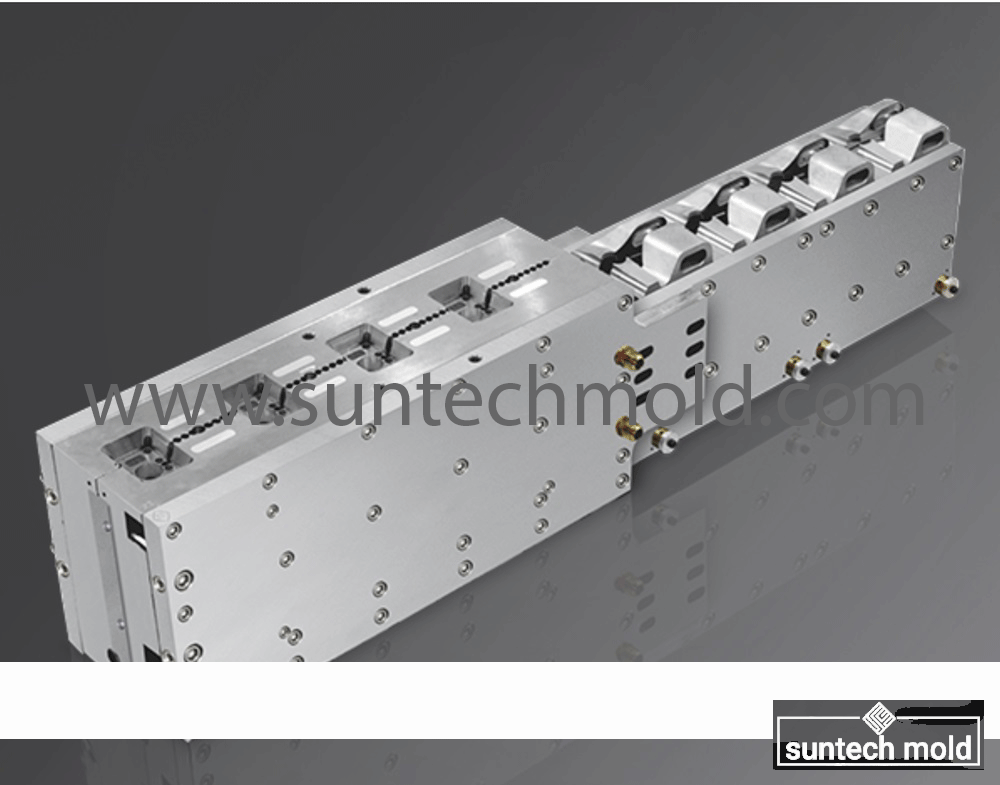Maintaining blow molds effectively is essential for preventing defects and ensuring consistent product quality. Here are some best practices for mold maintenance:
- Regular Cleaning
- Routine Cleaning: Clean molds after each use to remove residue, dust, and contaminants that can affect performance.
- Appropriate Cleaning Agents: Use suitable cleaning solutions to avoid damaging the mold surface.
- Inspection and Monitoring
- Frequent Inspections: Regularly check molds for wear, damage, and any signs of defects.
- Document Findings: Keep records of inspections to track wear patterns and plan for maintenance.
- Lubrication
- Proper Lubrication: Apply lubricant to moving parts and ejection systems to reduce friction and wear.
- Use Recommended Lubricants: Select lubricants that are compatible with the mold materials.
- Temperature Control
- Monitor Temperature: Keep an eye on the mold temperature during operation to prevent overheating or thermal shock.
- Optimize Cooling Channels: Ensure cooling channels are clear and functioning properly for even temperature distribution.
- Alignment and Assembly Checks
- Ensure Proper Alignment: Regularly check that mold halves align correctly during assembly to prevent gaps and misalignment.
- Tighten Fasteners: Ensure all bolts and screws are tightened to maintain proper mold integrity.
- Surface Maintenance
- Polishing: Regularly polish mold surfaces to maintain a smooth finish and prevent surface defects.
- Repair Surface Damage: Address scratches, dents, or other surface issues promptly to avoid affecting part quality.
- Preventive Maintenance Schedule
- Establish a Schedule: Create a routine maintenance schedule based on usage and wear patterns.
- Follow Manufacturer Guidelines: Adhere to any maintenance recommendations provided by the mold manufacturer.
- Training and Awareness
- Employee Training: Train staff on proper handling and maintenance procedures to minimize human error.
- Promote Awareness: Encourage a culture of quality, where employees are vigilant about mold care.
- Material Selection
- Use High-Quality Materials: Invest in durable materials for mold construction to enhance longevity and reduce defects.
- Monitor Material Quality: Ensure that all materials used in production meet quality standards.
- Addressing Wear and Tear
- Prompt Repairs: Address any signs of wear or damage immediately to prevent further issues.
- Reconditioning: Consider reconditioning molds periodically to restore their original performance.
Conclusion
Implementing these best practices for blow mold maintenance can significantly reduce the likelihood of defects, extend the life of the molds, and ensure consistent production quality. Regular attention to detail and proactive measures are key to successful mold maintenance.

